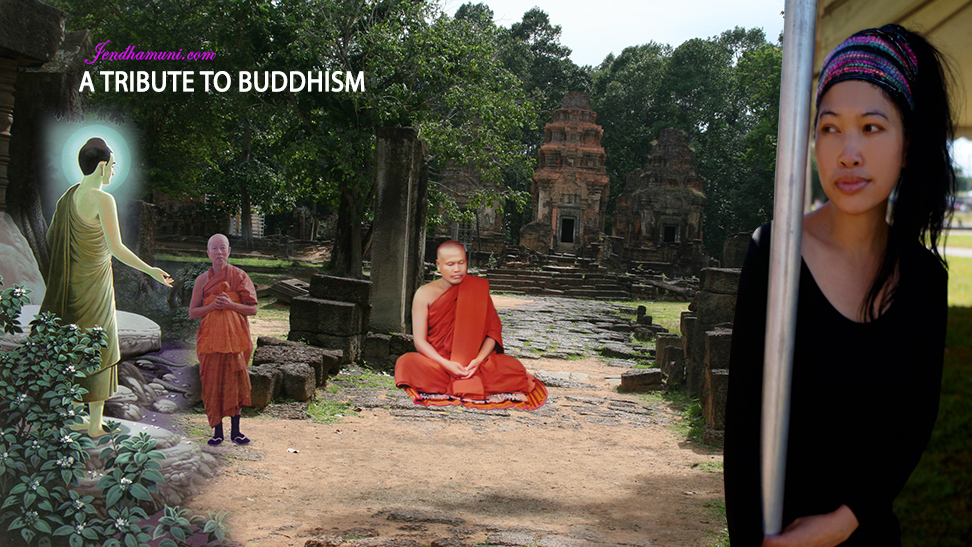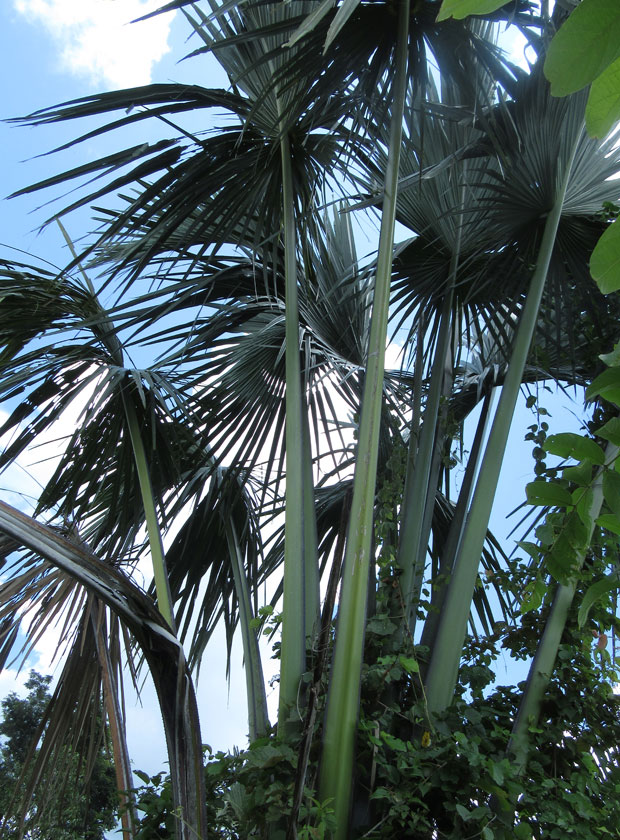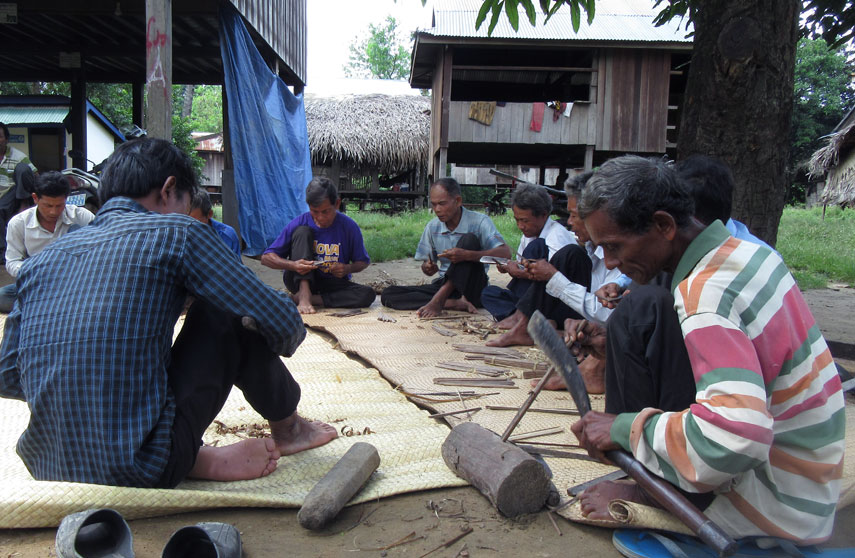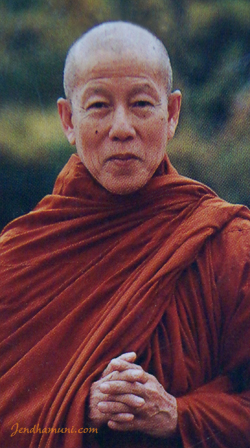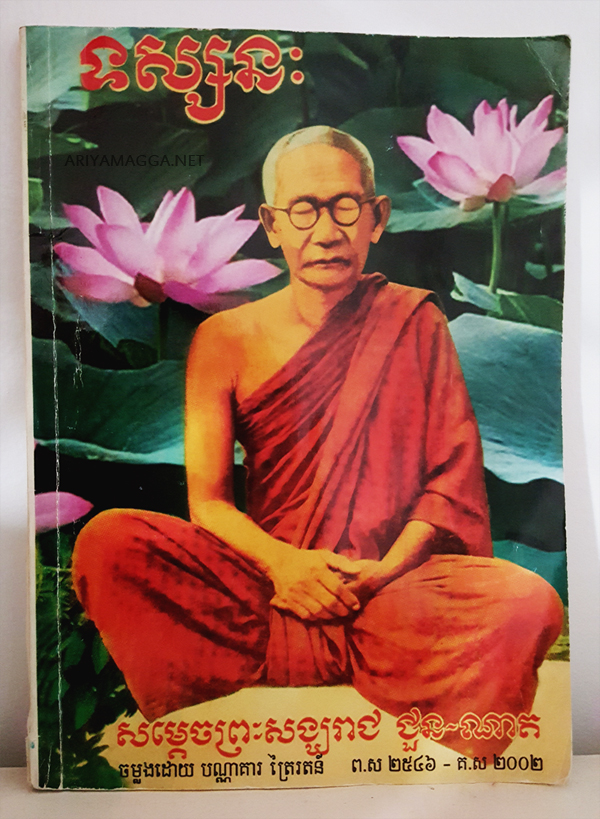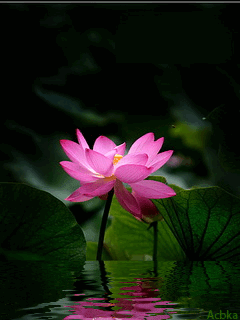
RFA photo
by Ajahn Chah
Giving up the bad, practicing the good… this is the heart of Buddhism. Sabba-pāpassa akaranam – Not committing any wrongdoing, either through body, speech or mind. That’s the right practice, the teaching of the Buddhas. Now ”our cloth” is clean.
Then we have kusalassūpasampadā – making the mind virtuous and skillful. If the mind is virtuous and skillful we don’t have to take a bus all over the countryside looking for merit. Even sitting at home we can attain to merit. But most people just go looking for merit all over the countryside without giving up their vices. When they return home it’s empty-handed they go, back to their old sour faces. There they are washing the dishes with a sour face, so intent on cleaning the dishes. This is where people don’t look, they’re far away from merit.
We may know of these things, but we don’t really know if we don’t know within our own minds. Buddhism doesn’t enter our heart. If our mind is good and virtuous it is happy. There’s a smile in our heart. But most of us can hardly find time to smile, can we? We can only manage to smile when things go our way. Most people’s happiness depends on having things go to their liking. They have to have everybody in the world say only pleasant things. Is that how you find happiness? Is it possible to have everybody in the world say only pleasant things? If that’s how it is when will you ever find happiness?
We must use Dhamma to find happiness. Whatever it may be, whether right or wrong, don’t blindly cling to it. Just notice it then lay it down. When the mind is at ease then you can smile. The minute you become averse to something the mind goes bad. Then nothing is good at all.
Sacittapariyodapanam: Having cleared away impurities the mind is free of worries… peaceful, kind and virtuous. When the mind is radiant and has given up evil, there is ease at all times. The serene and peaceful mind is the true epitome of human achievement.
When others say things to our liking, we smile. If they say things that displease us we frown. How can we ever get others to say things only to our liking every single day? Is it possible? Even your own children… have they ever said things that displease you? Have you ever upset your parents? Not only other people, but even our own minds can upset us. Sometimes the things we ourselves think of are not pleasant. What can you do? You might be walking along and suddenly kick a tree stump… Thud!… ”Ouch!”… Where’s the problem? Who kicked who anyway? Who are you going to blame? It’s your own fault. Even our own mind can be displeasing to us. If you think about it, you’ll see that this is true. Sometimes we do things that even we don’t like. All you can say is ”Damn!”, there’s no-one else to blame.

